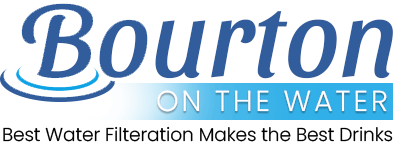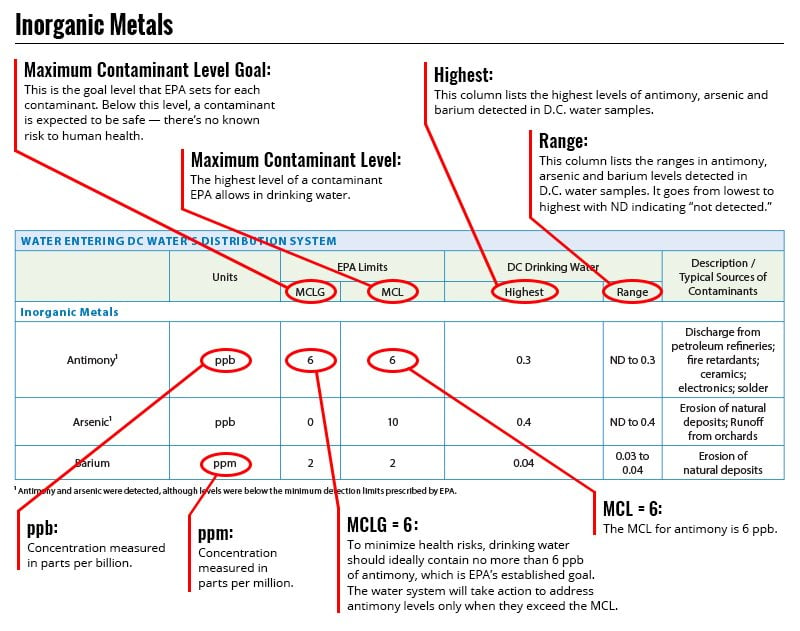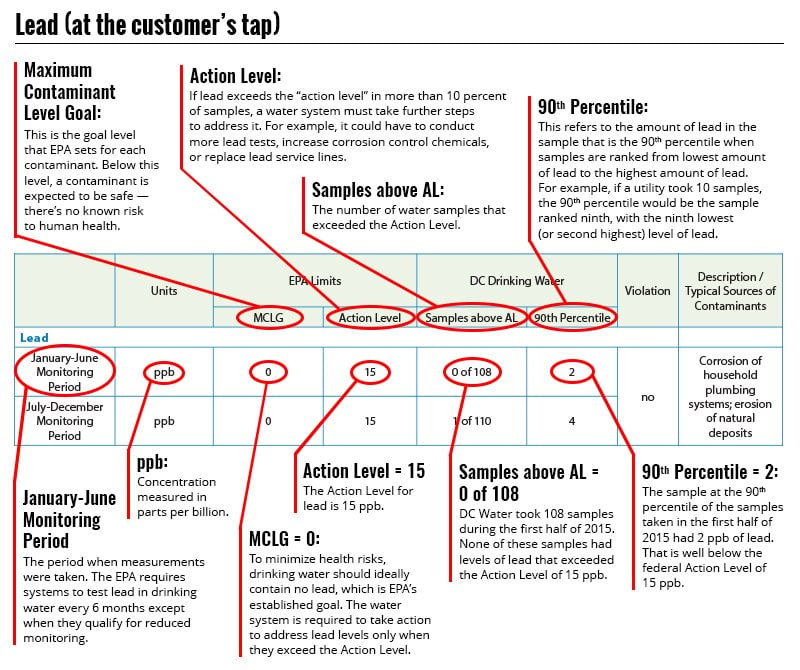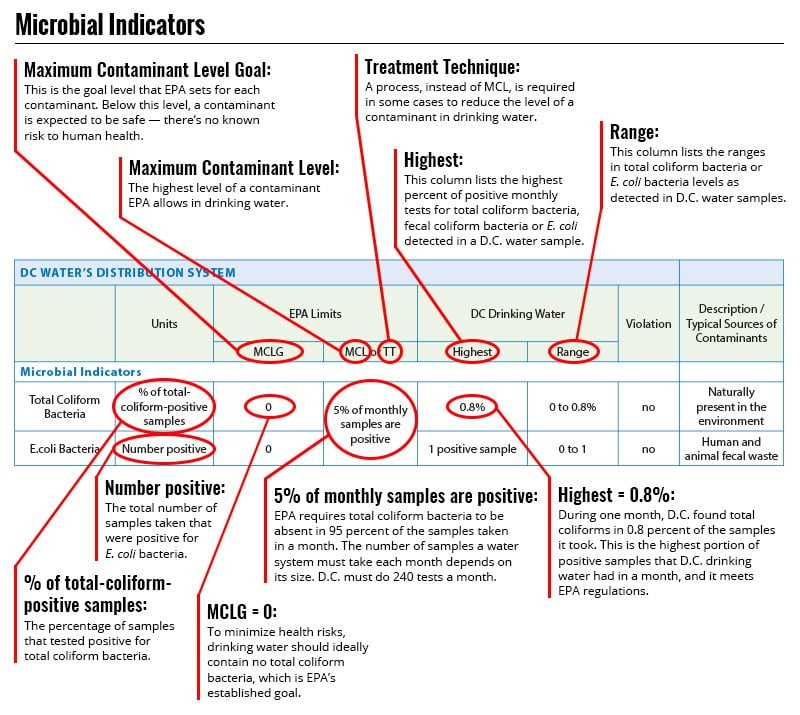Simple Ways to Drink More Water
Your body is about 70% water, and drinking enough of it is vital for optimal health (1).
Water plays many roles in your body, including maintaining electrolyte balance and blood pressure, lubricating joints, regulating body temperature, and promoting cell health (1, 2Trusted Source).
While everyone knows that it’s important to stay hydrated, doing so can be difficult at times.
Here are 12 simple ways to drink more water.

Before you decide to drink more water, you have to understand your body’s fluid needs.
A common recommendation for daily water intake is 64 ounces (1,920 ml), or 8 cups, but this is not based on science (3Trusted Source).
The National Academy of Medicine (NAM) recommends that men consume 125 ounces (3,700 ml) and women about 90 ounces (2,700 ml) of fluid per day, including the fluid from water, other drinks, and foods (4).
However, NAM acknowledges that it isn’t ideal to make broad recommendations about fluid needs, as they depend on your activity level, location, health status, and more (5Trusted Source).
For most, simply drinking to quench your thirst will ensure you meet your fluid needs. Yet, you may need more fluid if you exercise regularly, work outside, or live in a hot climate (5Trusted Source).
Setting a daily water intake goal can help you drink more water.
Simply the act of setting a goal can be motivating and make you more likely to make positive changes that last (6Trusted Source).
To be effective, goals should be SMART, which is an acronym for the following criteria (7Trusted Source):
- Specific
- Measurable
- Attainable
- Realistic
- Time-bound
For example, one SMART water-consumption goal might be to drink 32 ounces (960 ml) of water per day.
It can also help to record your progress, which can keep you motivated to achieve your goal — and make it a habit.
Keeping a water bottle with you throughout the day can help you drink more water.
When you have a reusable water bottle, you can easily drink water in any setting, whether you’re running errands, traveling, or at home, work, or school.
Keeping a water bottle handy can also serve as a visual reminder to drink more water. If you see the bottle on your desk or table, you will constantly be reminded to drink more.
Plus, it’s better for the environment than relying on single-use plastic water bottles.
You can also set reminders to drink more water using an app or the alarm on your smartphone or smartwatch.
For example, try setting a reminder to take a few sips of water every 30 minutes, or set a reminder to finish drinking your current glass of water and refill it every hour.
These reminders can help you increase your water intake, especially if you struggle with being forgetful or too busy to drink.
One way to drink more water — and boost your health and reduce your calorie intake — is to replace other drinks, such as soda and sports drinks, with water.
These drinks are often full of added sugars, which can be extremely detrimental to your health.
For optimal health, limit your added sugar intake to less than 5% of your calorie intake. Just one 8-ounce (240 ml) cup of soda per day can exceed this limit (8Trusted Source).
Diets high in added sugars have been linked to obesity and other conditions like type 2 diabetes and heart disease (9Trusted Source, 10Trusted Source, 11Trusted Source).
Furthermore, replacing these sugary drinks with water is an easy and cheap way to cut calories, potentially helping you lose weight.
Another simple way to increase your water intake is to make a habit of drinking one glass of water before each meal.
If you eat 3 meals per day, this adds an extra 3 cups (720 ml) to your daily water intake.
Moreover, sometimes your body may mistake feelings of thirst for hunger. Drinking a glass of water before eating can help you discern whether you are feeling true hunger (12Trusted Source).
What’s more, if you’re trying to lose weight, drinking a glass of water may help you eat fewer calories at the following meal (13Trusted Source, 14Trusted Source).
In America, most tap water is safe to drink. However, if you have concerns about the quality or safety of your tap water, consider purchasing a water filter.
There is a filter for almost every budget, from costly whole-home water filtration systems to inexpensive water-filtering pitchers.
In addition, filtering your water could improve the taste.
Point-of-use water filters, such as water-filtering pitchers or filters that attach directly to a faucet, can reduce levels of waterborne bacteria, lead, and arsenic in contaminated tap water to safe levels (15Trusted Source, 16Trusted Source, 17Trusted Source).
Using a water filter is also less expensive and more eco-friendly than purchasing bottled water, which is oftentimes no different than tap water (18Trusted Source).
If you dislike the flavor of water, or just need a bit of flavor to help you drink more, you have many choices.
Using an inexpensive fruit-infuser water bottle is one healthy option.
Popular fruit combinations to use in an infuser bottle are cucumber-lime, lemon, and strawberry-kiwi. Although, you can use any combination of fruits that suits your taste.
You can also purchase water enhancers in powder or liquid form to add to your water, but be aware that many of these products contain sugar, artificial sweeteners, or other additives that may harm your health.
If you work a standard 8-hour workday, drinking a glass of water each hour you’re at work adds up to 8 cups (1,920 ml) to your daily water intake.
Fill up your cup as soon as you get to work, and at the top of every hour, simply drink the remaining water and refill.
This method will keep your water intake consistent throughout your workday.
Sipping on water consistently throughout the day is another easy way to help you meet your fluid goals.
Reaching for a sip of water consistently during your day will keep your mouth from getting dry and may even help keep your breath fresher (19Trusted Source, 20Trusted Source).
Keep a glass of water or a reusable bottle nearby and within your line of sight for a constant visual reminder to take a sip.
One simple way to get more water is to eat more foods that are high in water.
Fruits and vegetables that are particularly high in water include (21Trusted Source, 22Trusted Source, 23Trusted Source, 24Trusted Source, 25Trusted Source, 26Trusted Source, 27Trusted Source):
- Lettuce: 96% water
- Celery: 95% water
- Zucchini: 95% water
- Cabbage: 92% water
- Watermelon: 91% water
- Cantaloupe: 90% water
- Honeydew melon: 90% water
In addition to their high fluid content, these fruits and vegetables are packed with vitamins, minerals, and antioxidants that promote your overall health.
An easy way to boost your water intake is to simply drink one glass when you wake up and another before you go to bed.
A glass of cold water in the morning may help wake you up and boost your alertness (28Trusted Source).
Plus, drinking water before bed can keep you from waking up with a dry mouth and bad breath (19Trusted Source, 20Trusted Source).
Adequate water intake is essential to good health.
The National Academy of Medicine estimates that most people need 90–125 ounces (2,700–3,700 ml) of fluid per day, including fluid from water, other beverages, and food.
However, it can be difficult to drink water habitually, especially if you are busy, regularly forget to drink or dislike the taste of water.
Choosing from these 12 simple tips can help you boost your daily water intake.










